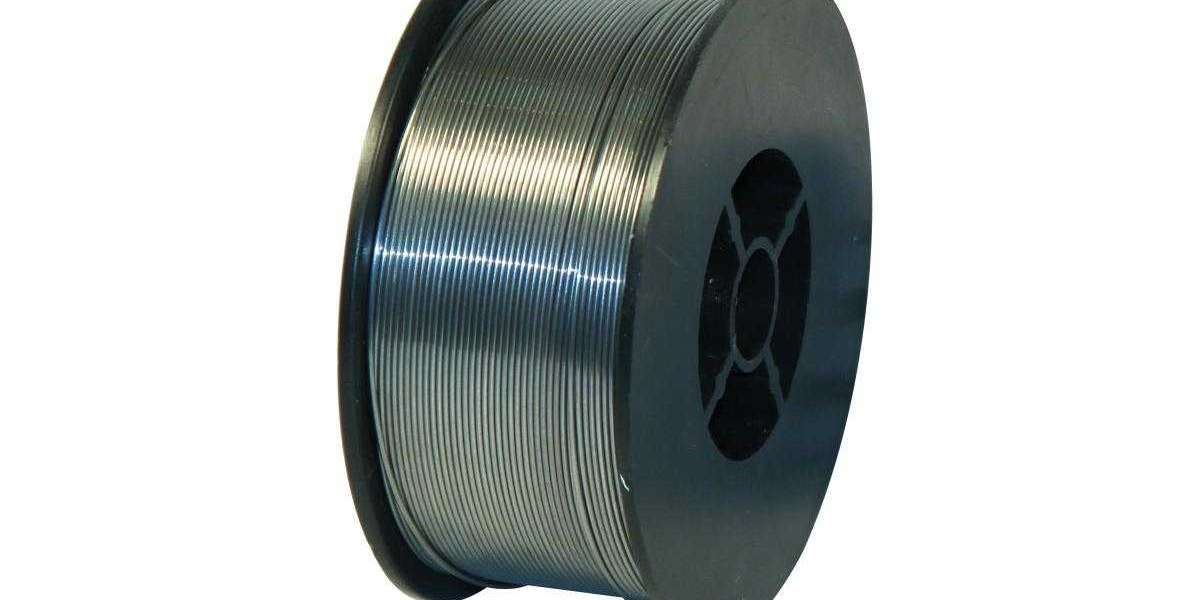In the realm of manufacturing and electronics, the choice of adhesive plays a pivotal role in product performance and durability. Among the many options available, SC-1600 stands out as a high-performance adhesive known for its exceptional bonding capabilities and versatility. This blog post will explore what SC-1600 is, its key properties, applications, and benefits, highlighting why it is a preferred choice in various industries.
What is SC-1600?
SC-1600 is a specialized adhesive designed for a wide range of industrial applications. It is formulated to provide strong, durable bonds between various substrates, including metals, plastics, ceramics, and composites. SC-1600 is particularly valued in environments where high strength, temperature resistance, and chemical durability are essential.
Key Properties of SC-1600
SC-1600 is characterized by several important properties that make it suitable for demanding applications:
- High Bond Strength
SC-1600 provides excellent adhesion to a variety of materials, ensuring that bonded joints maintain their integrity under stress. Its strong bond strength is crucial for applications requiring durability and reliability.
- Temperature Resistance
This adhesive is capable of withstanding elevated temperatures without losing its bonding properties. SC-1600 remains effective in environments that experience significant thermal fluctuations.
- Chemical Resistance
SC-1600 is formulated to resist various chemicals and solvents, making it suitable for use in industrial settings where exposure to harsh substances is common.
- Fast Curing
SC-1600 typically offers rapid curing times, which can significantly enhance productivity in manufacturing processes by reducing the time required for assembly and finishing.
Applications of SC-1600
SC-1600 is utilized across a range of industries and applications, including:
- Electronics Manufacturing
In the electronics sector, SC-1600 is used for bonding components on printed circuit boards (PCBs), ensuring reliable connections and protection against environmental factors.
- Automotive Industry
SC-1600 is commonly employed in automotive applications for bonding various components, such as sensors and control modules, where durability and reliability are paramount.
- Aerospace and Defense
In aerospace and defense, SC-1600 is used to bond critical components, providing the strength and resistance necessary to withstand extreme conditions.
- Construction and Building Materials
SC-1600 is also used in construction for bonding materials such as glass, metals, and plastics, contributing to the structural integrity of buildings and fixtures.
Benefits of Using SC-1600
Incorporating SC-1600 into manufacturing processes offers several advantages:
- Enhanced Reliability
The strong adhesion and resistance to environmental factors contribute to the overall reliability of products, reducing the likelihood of failures.
- Improved Efficiency
With fast curing times, SC-1600 can help streamline manufacturing processes, allowing for quicker assembly and reduced downtime.
- Versatility
SC-1600's ability to bond a wide range of substrates makes it a versatile solution for various applications, minimizing the need for multiple adhesive types.
- Cost-Effectiveness
By providing durable and long-lasting bonds, SC-1600 can lead to lower maintenance costs and improved product longevity, making it a cost-effective choice for manufacturers.
Best Practices for Using SC-1600
To achieve optimal results when using SC-1600, consider the following best practices:
- Surface Preparation: Ensure that surfaces are clean, dry, and free from contaminants to promote effective adhesion.
- Follow Manufacturer Instructions: Always adhere to the manufacturer's guidelines for mixing, application, and curing to achieve the best results.
- Apply Evenly: Use appropriate application methods to ensure an even distribution of adhesive, maximizing bond strength.
- Monitor Curing Conditions: Pay attention to environmental conditions such as temperature and humidity during the curing process, as these can affect the performance of the adhesive.
Conclusion
SC-1600 is a high-performance adhesive that excels in a variety of applications across different industries. With its strong bond strength, temperature resistance, and chemical durability, SC-1600 is well-suited for challenging environments in electronics, automotive, aerospace, and construction. By integrating SC-1600 into your manufacturing processes, you can enhance product reliability, improve efficiency, and benefit from its versatility and cost-effectiveness.








